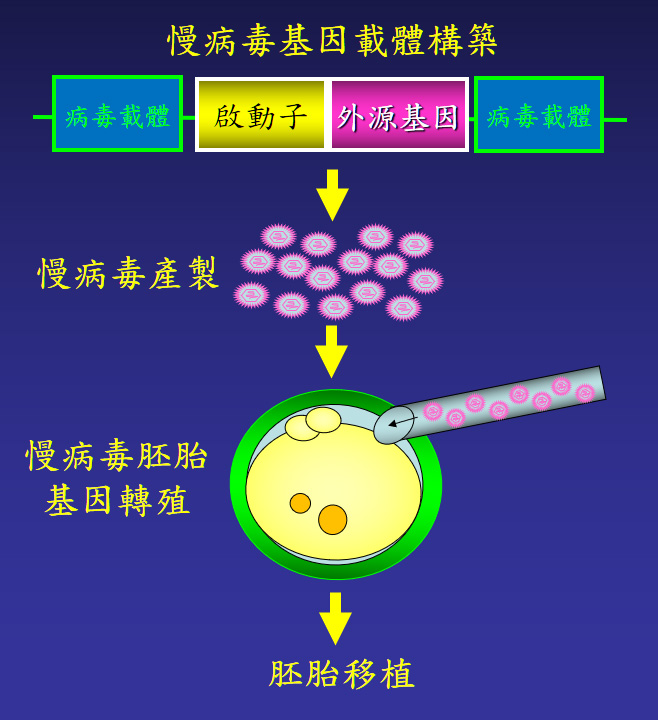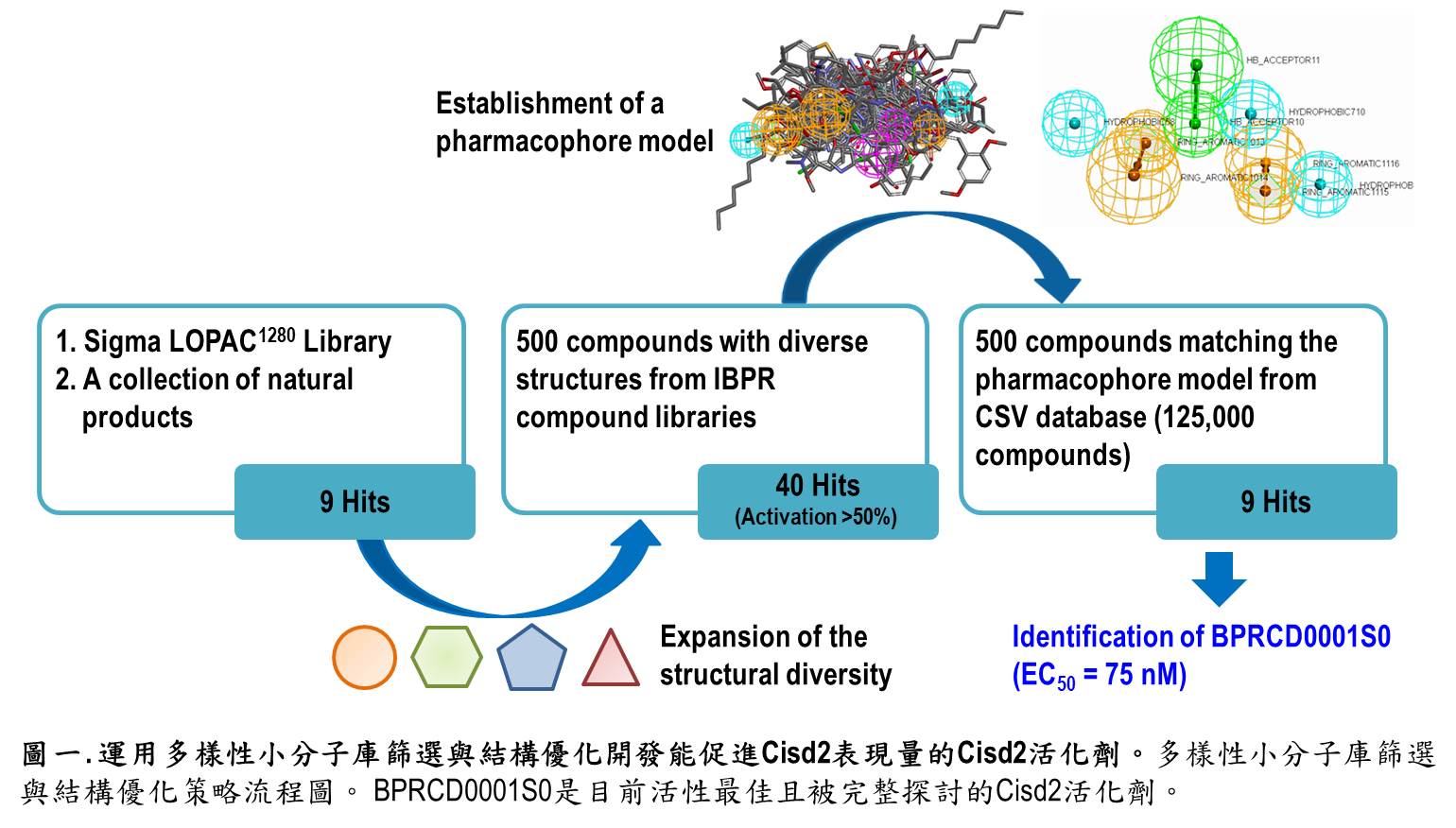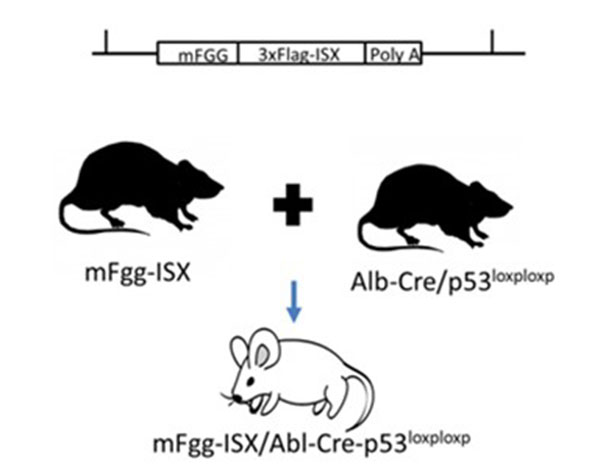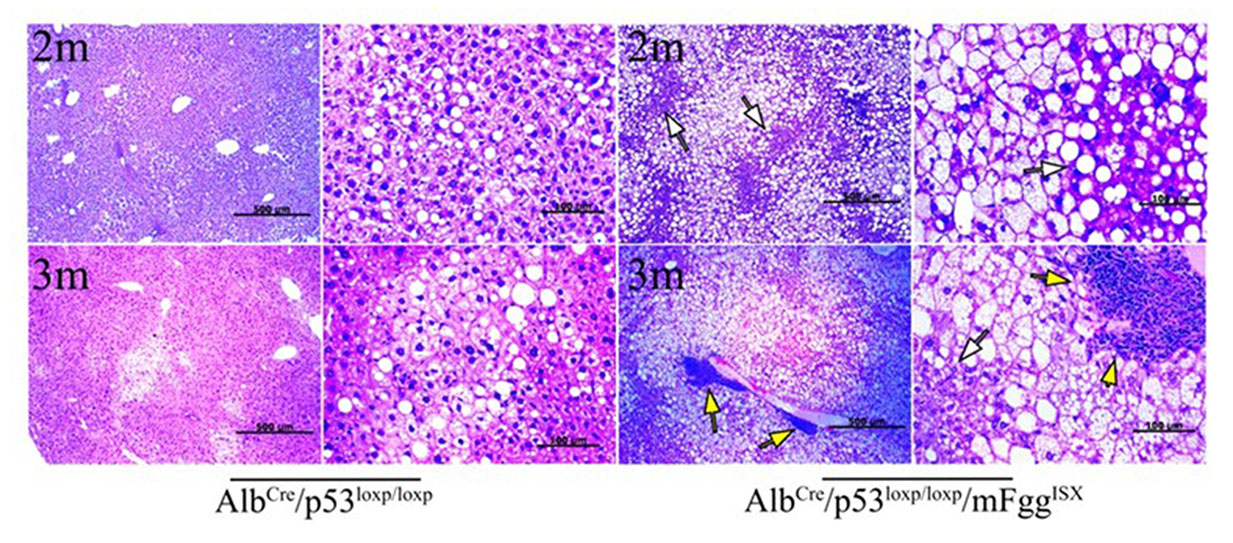| Technical Name |
METHOD FOR PRODUCING A LIVER LESION-MOUSE MODEL AND USE THEREOF |
| Project Operator |
Kaohsiung Medical University |
| Project Host |
許世賢 |
| Summary |
The method for producing the liver-specific ISX gene transgenic mouse included: transfecting mouse embryos with ISX gene driven by a mFgg promoter by micro-injection into a mother mouse of the same strain to develop into adult mice; and screening positive mice with ISX gene from the mice by PCR analysis to obtain the liver-specific ISX gene transgenic mice. Alternatively, the positive mice with ISX gene mated with the wild type mice of the same strain to generate F0 mice, and the PCR method was utilized to screen positive F0 mice with ISX gene, the liver-specific ISX gene transgenic mice were also obtained. The liver-specific ISX gene transgenic mice obtained above could be analyzed by PCR to confirm that the liver-specific ISX gene transgenic mouse specifically expressed the ISX gene. The liver-specific ISX gene transgenic mice were hybridized with the liver-specific p53 gene knockout male mice to generate the desired Genotype. |
| Scientific Breakthrough |
The advantage of the liver-specific ISX gene expression and p53 gene knockout transgenic mouse is that, currently 17 weeks or more are required to develop fatty liver in a fatty acid-mouse model induced by a high fat diet, however symptoms of fatty liver develop in the liver-specific ISX gene expression and p53 gene knockout transgenic mouse after the mouse is fed with a high fat diet for 1 month; therefore, the present invention can significantly reduce the time required to induce fatty liver in a mouse by a high fat diet. |
| Industrial Applicability |
A liver lesion-mouse model which is a liver-specific ISX gene expression and p53 gene knockout transgenic mouse, wherein liver lesion develops after the mouse is fed with a high calorie diet. |
| Keyword |
LIVER LESION MOUSE MODEL ISX TRANSGENIC MICE LIVER CANCER FATTY LIVER LIVER FIBROSIS HIGH FAT DIET KNOCKOUT MICE METABOLIC DISEASE |






